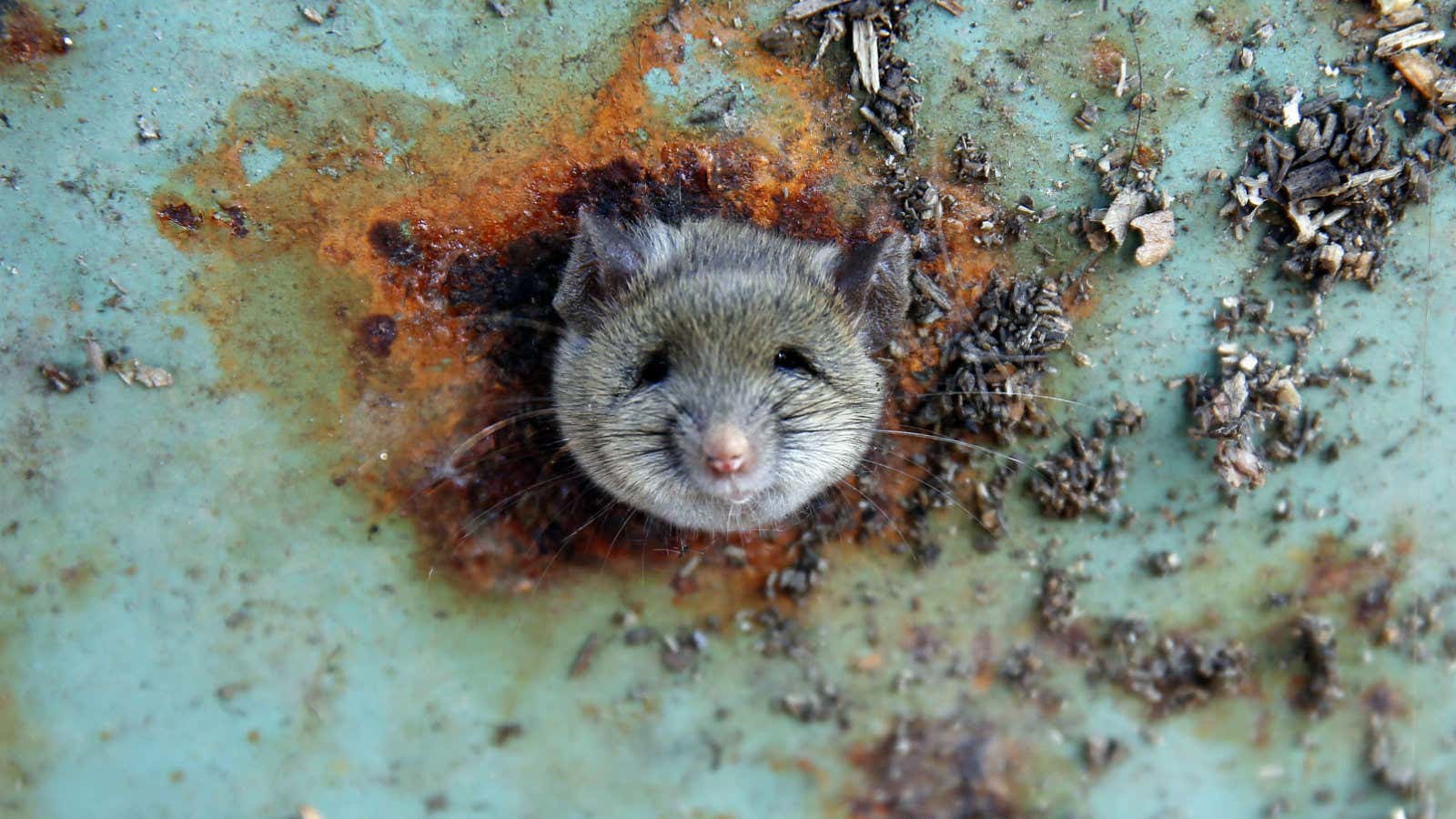When Harsh (Mariwala) joined Bombay Oil (in 1971)…(he) realised that the oil business, the mainstay of Bombay Oil, was a commodity business with low margins. Parachute and Saffola had already been launched but they were not getting the required attention through a brand lens. Parachute was sold in bulk, in tins of 15 litres to wholesalers, and Saffola was a niche business, selling in south Bombay (now Mumbai) and the posh localities of New Delhi.
Harsh had heard his uncles talk of a company in Calcutta (Kolkata) which was selling coconut oil in smaller packages under the brand of Shalimar and making a higher margin than Bombay Oil. He also heard of distributors in Nagpur and Vidarbha region who were selling smaller packages of Parachute coconut oil. Harsh wanted to see the success of the smaller packs himself.
Since Nagpur was closer than Calcutta, he first went to the Nagpur market. “It was an eye-opener for me. Since I was the first member of the family to go on a market visit, it was a revelation for the family as well,” says Harsh. The Nagpur visit was followed by a visit to Calcutta and here, too, Harsh was fascinated at the retail opportunity that existed in the market for Parachute. Parachute oil was seen by the traders and consumers as a superior product. It had a rich coconut aroma that set it apart from other products in the market at that time. In terms of clarity and purity too it was better than the other oils being sold. However, Bombay Oil had put all its efforts into pushing the 15-litre tins. The wily wholesalers of Nagpur and Vidarbha, on the other hand, knew the power of the Parachute brand. They pushed smaller packs of the coconut oil and sold it to their customers.
Going retail
The success of the Shalimar brand and the offtake in smaller packs in Vidarbha ignited in Harsh a passion to go retail with Parachute oil. He started touring more extensively and started appointing distributors in the interior markets of western India. The products given to these distributors to sell were the retail packs of Parachute oil. After its successes in western India, the model was taken to other parts of the country as well. It was exhilarating for the young man to see the manifestation of his strategy on the ground, but the diverse nature of the Indian market threw at him unforeseen challenges.

The first hurdle before Harsh was building a marketing campaign which would work all over India. With some customer insights and smart marketing inputs, the brand identity chosen for Parachute was built around four values—purity, clarity, aroma and tradition—chosen for their universal appeal. The strategy worked, and Parachute was soon the number one brand in its category.
Marketing campaigns alone, however, do not sell products. One other key reason for Parachute’s success was the packaging used by Harsh and his team. In the 70s, oil was sold in tins. Harsh wanted Parachute to be a premium brand and wanted the packaging to reflect it. He told the team that he wanted to move away from tins to plastic bottles. Plastic was cheaper than tins and plastic bottles would look more attractive on the shelves.
But before making the changeover, he got a market survey carried out. The results were shocking.
Oh rats!
Traders had overwhelmingly given a thumbs down to the plastic packaging. Harsh was crestfallen but delved deeper into the reasons for the traders’ apprehensions. Interestingly, he found that the culprits were rats! Rats love coconut oil. Unknown to Harsh, in the late 60s, someone had launched coconut oil in plastic bottles. Traders had found that the rats had feasted on the bottles and the oil had oozed out, spoiling other products kept near the oil bottles. The traders, understandably, were not keen on having a repeat of this in their shops. Harsh’s team looked at the details and found that the earlier bottles were square in shape. The rats, therefore, were able to get a grip on the bottles and then would gnaw at them.
Harsh had hired RV Bindumadhavan, a professional working at Ranbaxy. Bindumadhavan and the rest of the team got to work on the problem and their solution was simple—round bottles made of superior plastic. The rats would not be able to get a grip on the bottles, and therefore, would not be able to sink their teeth into the plastic. Harsh also told his team to make sure that the packaging was leakproof.
But sellers were still apprehensive. Harsh and his team were in a fix. Unless the traders tried stocking the plastic Parachute bottles, they would not be able to see for themselves whether the bottles were rat-proof. But they did not want to risk any oil leak. Desperate times call for desperate measures. The team conducted an experiment where they put eight to ten bottles of Parachute in a cage, along with some rats. They left the cage locked for two days and the bottles came out unscathed. This experiment was recorded on camera and the sales teams were told to use this evidence as part of their objection-handling. The traders’ curiosity was aroused and they each agreed to keep half a dozen bottles to see for themselves.
Slowly, the word spread and the plastic bottles of Parachute were on every shelf, and within a few years, the brand became the market leader.
Excerpted from Sonu Bhasin’s book The Inheritors with permission from Penguin Books India. We welcome your comments at ideas.india@qz.com.
